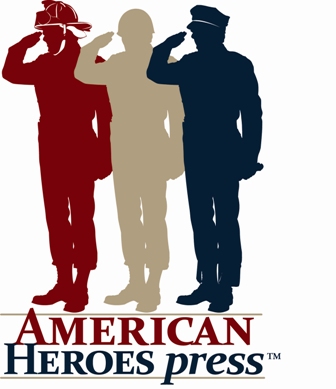(Click on book title for details or purchase)
Singapore 1941-1942 (The Politics and Strategy of the Second World War)
Allen gives an account of the well-prepared and well executed light infantry thrust by the Imperial Japanese Army
in Malaya in 1942. Also provided is information about the British view of World War II
in Asia.
The Sino-Japanese War, 1937-41: From Marco Polo Bridge to Pearl Harbor.
Dorn, who served on General Joseph "Vinegar Joe" Stilwell's staff, presents
some firsthand knowledge about the immense, but often ignored, campaigns waged by the Japanese in China during the Greater East Asian War.
In the Service of the Emperor: Essays on the Imperial Japanese Army (Studies in
War, Society and the Military)
Before World War II, the Imperial Japanese Army (IJA) developed an offensive tactical doctrine designed to allow
its infantry forces to fight successfully against a superior foe, the Soviet Union. A battle test of that doctrine's effectiveness occurred from June
through August 1939 along the Outer Mongolian-Manchurian border. This essay follows the daily operations of the IJA infantry
units that were in constant contact with Soviet forces.
Chinese Ways in Warfare
This collection of campaign case studies shows how wars were fought in China from 500 B.C. to 1556 A.D.
Shiwara Kanji and Japan's Confrontation with the West.
Peattie's biography of Ishiwara Kanji provides rare insights into the mentality of the Japanese military leadership
on the eve of World War II. Ishiwara Kanji was one of the chief Kwantung Army plotters in 1931.
The Rise of Chinese Military Power, 1895-1912,
Powell describes Chinese efforts to establish modern military forces and the impact that the creation of such forces
had on Chinese society and government.
Chinese Warlord the Career of Feng Yu-Hsiang
During the first half of the twentieth century, China was beset by regional conflicts as military leaders used their
forces to compete for greater power. This study describes one of China's most famous and successful warlords and analyzes what warlordism
meant for China.
Red Star over China
The author, a young American journalist who spent seven years in China, provides the classic account of Yenan China and the promise and excitement of
the Chinese Communist movement. Edgar Snow knew Mao Zedong and wrote the first connected history of Mao, his colleagues, and
their revolution.
The Art of War.
Even though this preeminent book in Chinese military literature dates from the fourth century B.C., many of Sun
Tzu's ideas on military conflict appear remarkably modern. This book was a source for some of Mao Zedong's military theories.
The Samurai: A Military History.
This volume is a comprehensive and readable account of warfare in Japan up to the modern era.
The Tide at Sunrise: A History of the Russo-Japanese War, 1904-1905
The Warners provide a clear and thorough description of the events and circumstances of land warfare in the Russo-Japanese
War.
